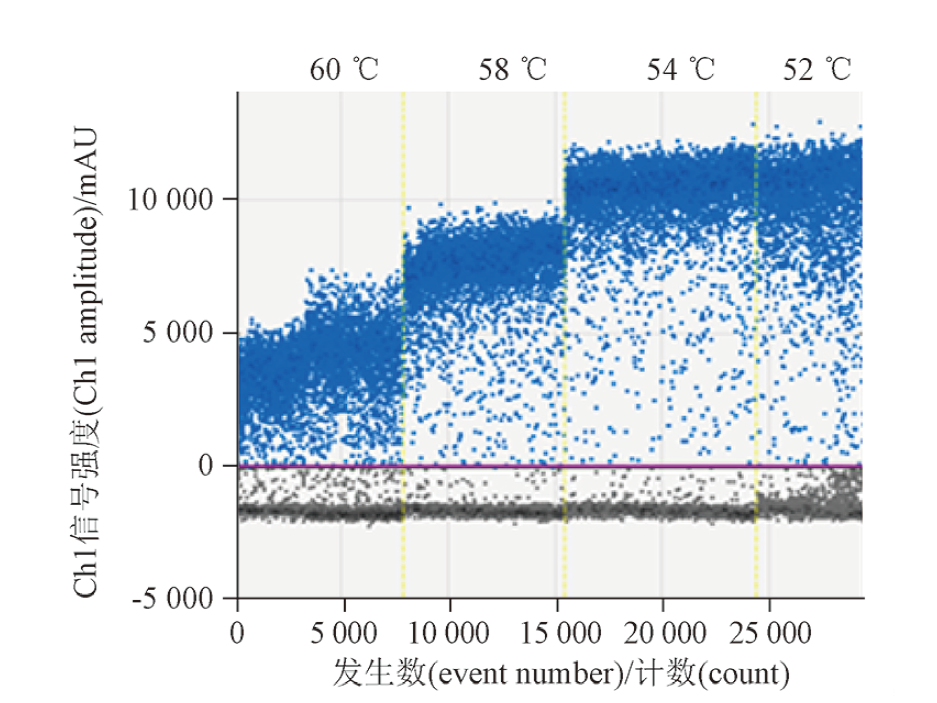
Gene therapy in a broad sense refers to the introduction of nucleic acid fragments into cells in an appropriate manner, enabling the genetic information of nucleic acid sequences to perform corresponding functions and achieve the goal of treating diseases.
Since the 1990s, gene therapy has developed rapidly. In this century, a number of gene therapy products at home and abroad have been approved for marketing, of which seven varieties of recombinant adeno-associated virus (rAAV) vector gene therapy products have been approved for marketing worldwide. In recent three years, 26 rAAV products have been approved for clinical trials, with indications including eye diseases, blood system diseases, nervous system diseases and infectious diseases, serotypes involving type 2, 5, 8, 9, and 10.
As more and more gene therapy products enter clinical practice, potential safety risks are gradually exposed. Therefore, regulatory authorities in various countries are also accelerating the development of relevant regulations and technical guidelines to guide the research and evaluation of gene therapy products. The 2020 edition of the Pharmacopoeia of the People’s Republic of China, Part Three “General Introduction to Human Gene Therapy Products”, and the relevant guiding principles for rAAV gene therapy products issued by the Drug Evaluation Center (CDE) of the National Drug Administration have put forward principled requirements for quality control. However, as rAAV is a “live” virus, its production and quality control require higher requirements, and the current testing methods still need to be continuously improved, the durability of the method and the repeatability of the results also need to be improved. Therefore, in order to promote the early application of new concepts, technologies, tools, and standards in the quality control of gene therapy products, a “Column on Quality Evaluation Techniques and Methods for Gene Therapy Products” has been specially established to showcase the relevant research progress of quality analysis technology. The column includes 9 articles, which are divided into 2 issues due to their long length. The topics and focus of this issue includes: ①Critical considerations for quality control testing technology of recombinant adeno-associated virus(rAAV)gene therapy products, which introduces the exclusive testing project settings and method specific inspection points for rAAV products. ②Biological activity detection method for gene transcription level of rAAV2-ND4 injection, focuses on introducing a biological activity detection method with dual calibration of internal reference genes and reference substances. ③Study on digital PCR methods for rAAV5 genomic titer determination, which focuses on the comparison between micro droplets and chip digital PCR. ④Analysis of the proportion content of recombinant adeno-associated virus (rAAV) capsid protein by CGE-LIF, which describes the detection method for relative quantification of capsid protein subunits using CE-LIF technology. ⑤Analysis of particle titer and full rate of a recombinant adeno-associated virus (rAAV) by SEC-UV-MALS-RI technique, which shares the application of SEC-MALS combined technology in quality control of rAAV products.
This column is established to raise the attention of the industry and research institutions to the quality of rAAV products, continuously improve the understanding of practitioners in rAAV product quality control, improve inspection and testing capabilities, and explore and establish corresponding experimental plans to promote the resolution of quality control problems, thereby promoting the construction of the quality control system and technical specifications for rAAV gene therapy products in China, and accelerating the high-quality development of gene therapy products.